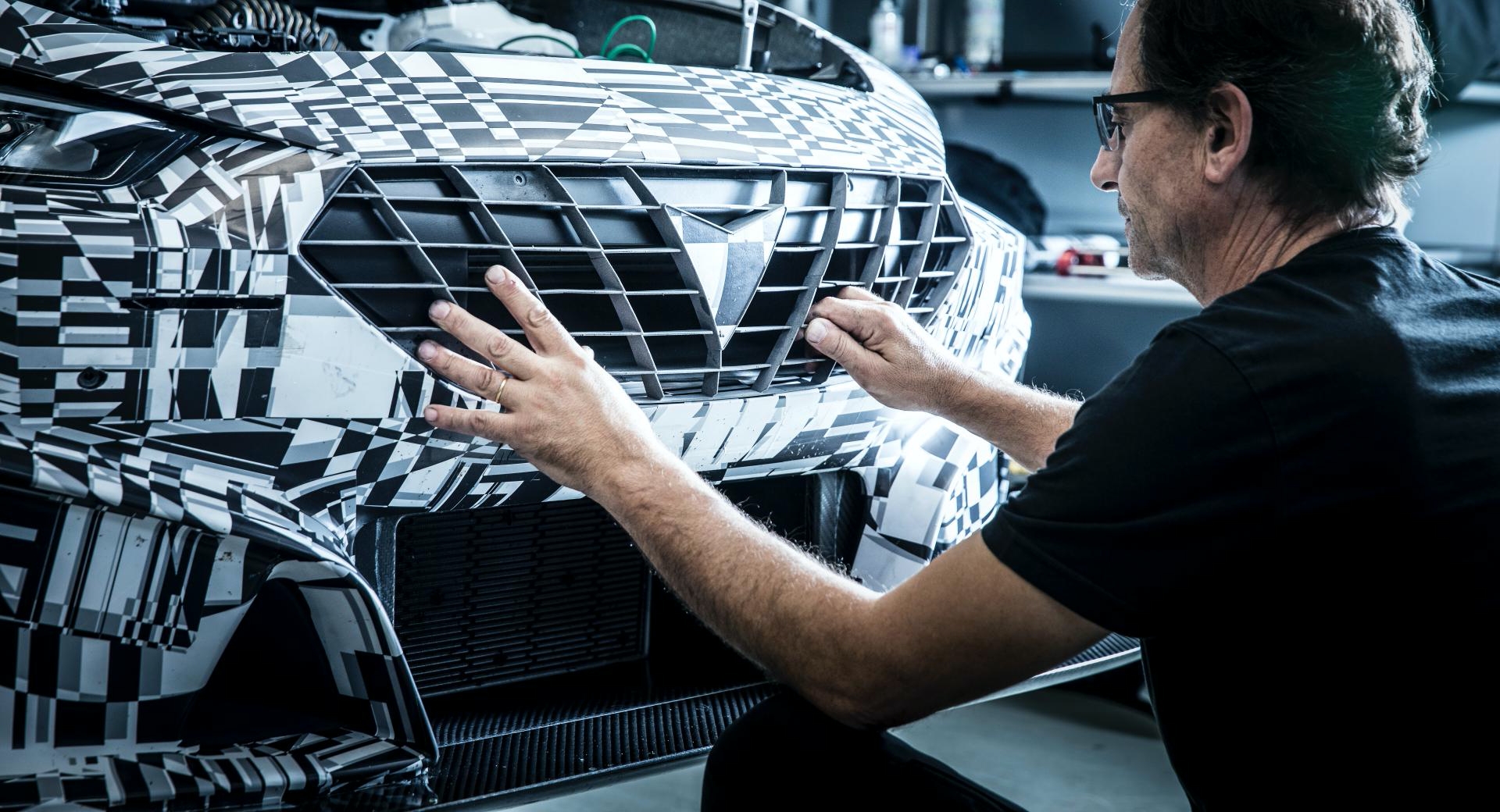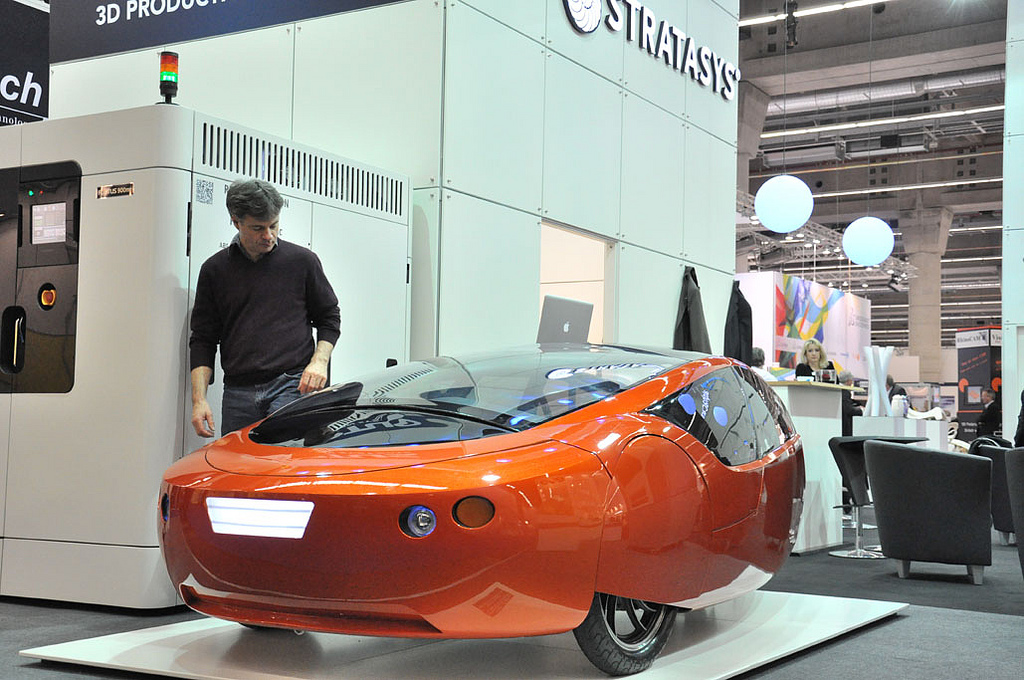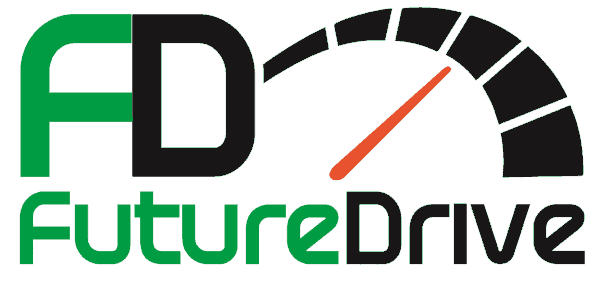The Impact best of 3D Printing on Automotive Industry in 2024

You are welcomed at the frontiers of car innovation, where 3D printing is transforming manufacturing standards. Here we try to uncover how 3D printing is changing car production. This integration of 3D printing technology is a groundbreaking way to enhance design flexibility and production efficiency. The Impact best of 3D Printing on Automotive Industry in 2024
Evolution of 3D Printing Technology in Automotive Sector
The automotive industry has experienced remarkable development in 3D printing technology. Which revolutionized traditional ways of manufacturing. Initially used for prototyping and concept modeling, the use of this kind of method in creating automobiles has expanded over time. Prototyping Advancements: Initially, rapid prototyping was the main application area for these printers. Helping designers and engineers improve designs more quickly and cost-effectively. With the introduction of technology such as three-dimensional printers that made it possible to produce physical copies from electronic designs. Exactly as they were designed, it became easy to develop products faster with such techniques.
Materials Innovation: Over time improvements in materials science have diversified applications for 3D printed parts within automotive industries. The availability of high-performance polymers made specifically for AM along with metal alloys or fiber composites. which allows vehicle manufacturers to create final functional components that exhibit better mechanical characteristics. The Impact best of 3D Printing on Automotive Industry in 2024
Production Integration: Automotive manufacturers started incorporating additive manufacturing into their production flows. As soon as AM technologies had matured significantly enough. When it comes to tooling & fixtures or low-volume production parts. There exist several profound opportunities for utilizing this technique in a flexible manner. Which improves efficiency while reducing lead times as well as costs involved during the fabrication process.
Advantages of 3D Printing in Automotive Production Processes
The introduction of 3D printing into automotive manufacturing comes with several advantages thereby revolutionizing conventional production techniques. Opening up new opportunities for innovation and efficiency. The Impact best of 3D Printing on Automotive Industry in 2024
Design Flexibility and Complexity: By employing three-dimensional printing technology, automotive nesigners may now create challenging designs that were impossible before with traditional objects produced through conventional means. This kind of freedom allows one to optimize component performance considering such factors as weight reduction and integration of functionalities.
Reduced Lead Times: The use of 3D printers drastically reduces lead times associated with motor vehicle manufacture. Its due to elimination needs regarding molding tools. Which become necessary before proceeding with a print job or any phase beyond the immediate ideation process. In this way, design changes are made quickly while parts are also made on demand. Thus reducing the period it takes to make vehicles ready in addition to shortening the time taken before launching new models or products to market. Thus hastening the realization of newer vehicle outputs
Cost Efficiency:
Having said that, the cost of purchasing 3D printing technology can be quite steep. But when considering how much economical use it has for additive manufacturing in the long run, its overall cost efficiency becomes apparent.
Enhanced Design Flexibility and Customization in Automotive Manufacturing

Complex Geometries: One advantage that this advanced technology confers upon designers. That they cannot find with traditional production methods is the fabrication of difficult or impossible complex geometries. Through a three-dimensional (3-D) printing technique. Hence such a capability could also be used by automotive designers to realize innovative designs. Having intricate shapes, organic forms, and integrated features. That would enhance the performance and functionality of their components.
Topology Optimization: Application of topology optimization techniques takes place using 3D printers in automobile parts designing. Through examination of load paths and stress distributions. Engineers may develop light yet structurally efficient materials. Whose strength and durability are maintained with minimum use of resources. Consequently, this process has improved vehicle performance, fuel efficiency and sustainability.
Generative Design: This is coupled with 3D printing where iterative exploration of design alternatives is made possible under specified performance criteria and manufacturing constraints through generative design software. The tools can assist in generating optimum designs for car manufacturers which would maximize their drive; and minimize weight thereby optimizing material usage thus making vehicle designs more efficient and cost-effective.
Conclusion
The impact of 3D printing on the automotive industry is profound, with innovations transforming manufacturing processes. Supply chains, and product development. Notwithstanding challenges limited materials or slow production time., Innovation continues to drive its progress. In the future, there will be multi-material printing, large-scale production, and integration with digital platforms. That transform the way vehicles are designed, manufactured, and serviced.

